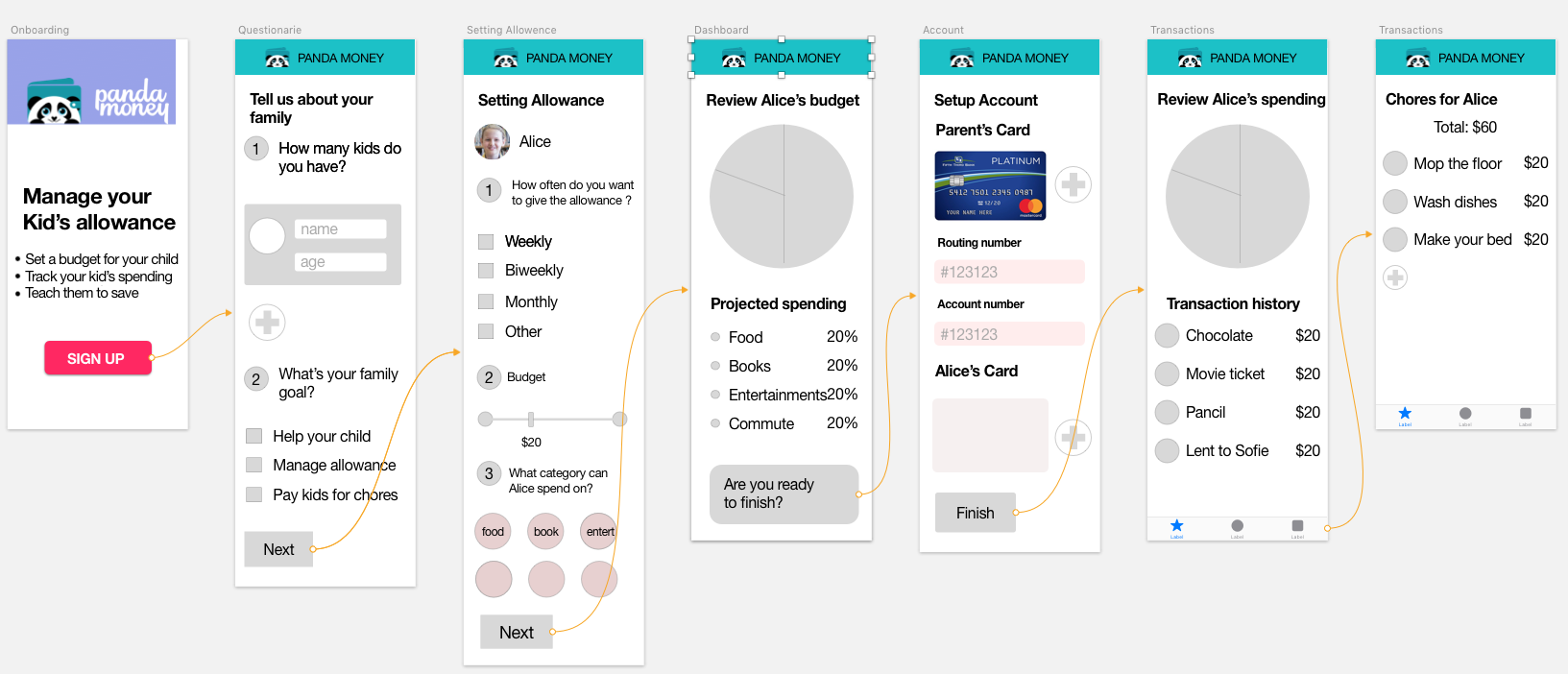“Do you hate anyone?” was the first question posed to me during Jury Selection in New York City almost a decade ago.
As a flustered Juror #1, my mind raced in reaction to the preposterous question. Hate was such a strong word choice. This is a court of law. My mind was blank of a name as feelings of anger raced around my memory attempting to identify a name: “Bernie Madoff? ISIS? I’m not sure I hate anyone...”
The lawyers recorded my answer and moved through the juror pool. To my shock folks were naming intimate relationships, business associates — sometimes my peers even elaborated on why they felt justified in their strong emotions. The lawyers were building their jury on the prospect of human emotions and the capability of the irrational mind to pass judgment quickly with conviction.
A decade later, that courthouse room resembles the state of social media in 2024: hate, power, influence — and now with way more money.
——
To be fair, maybe it was that way all along. But I was hopeful that the connections I was discovering and the small worlds unfolding were the real-life kumbaya moment of Six Degrees of Kevin Bacon. I was building a connected world of brand partnerships and a creative outlet for ‘creators’ to do the thing I wish I had my own confidence to do: create and be paid for it.
Creativity and power to the creators are still hopeful banners waved by thought leaders in the industry. Influencer marketing enters its adolescent angst with the cacophony of performance metrics and eCommerce for brands to jump into to move at the speed of culture. Platforms court brands with promises of how-tos, new features, and expertise is canonized.
Meanwhile, the UX sucks. Social platform feeds push users to shout and shop:
Are you not speaking out about the war on Gaza? Are you ignoring the climate crisis? Are you even paying attention to the ‘real’ news? Do you hate citizen journalists or the ‘mainstream media agenda’ more? Do you think Jeramey is the oddest spelling choice when he forgets how Apple products work together and is caught cheating on Love is Blind? … and I haven’t even mentioned the 2024 election.
These systemic choices are years in the making that lead us here. Controversy kept engagement up, attention scrolling, and hot takes for everyone.
So, I’m curious: how are marketers and consumers supposed to move at the speed of culture on social media and retain their humanness?
Reesa Teesa’s 50-part ‘Who TF Did I Marry’ series in less than 2 weeks has already seen a Season 2 story arch (h/t Sara McCord) that erases the ‘feel good’ of storytelling. Brands jumped into the ‘relevant’ conversation and now the conversation moves to ‘what about-ism.’ Folks celebrated long-form attention spans and angled their thought pieces on how brands could leverage that tactic to gain consumer attention. Can’t we just go back to HBO before Max?
Celebrity cameos flooded Superbowl spots to the point it was hard to spot the creative vs. the personality; falling flat. If we’re no longer relying on creativity, how are we supposed to revere the personality?
That same weekend, Travis Kelce & Taylor Swift’s celebrity romance sparked my memory of that NY court room a decade ago:
If folks can pass such harsh and quick-fire judgment on the equivalent of the star football player and homecoming queen — a true All-American adolescent storyline — I’m truly not sure how folks stick around for your advertising messages and brand affinity building.
What happens from here for the creator economy? Can it survive the 2024 social media inherent doom scroll? Do we need it to? I’d love to hear about how others in the space expect to push beyond the celebrity in a year where there is palatable distaste.
It's hard for me to find the fun on social and I love its sustained Six Degrees of discovery and serendipity. I’m also addicted to it and know it impacts my anxiety. If I’m feeling this way when I’m wearing my ‘person’ hat and not my ‘professional’ hat, how does everyone else feel?
My hunch is that the influencer marketing space began a contraction more than a year ago. Now it must enter reflection: it’s a tactic, not a strategy. More broadly Marketers must integrate personality more thoughtfully and beyond social media campaigns. Brands should move beyond the one-and-done post and for an integrated marketing, holistic messaging track.
For me, I’m looking to join integrated marketing teams and lend a hand.



